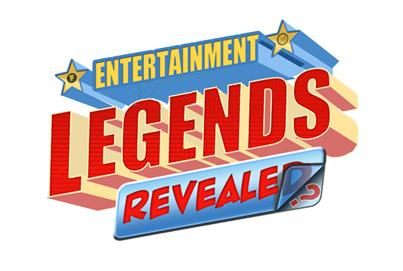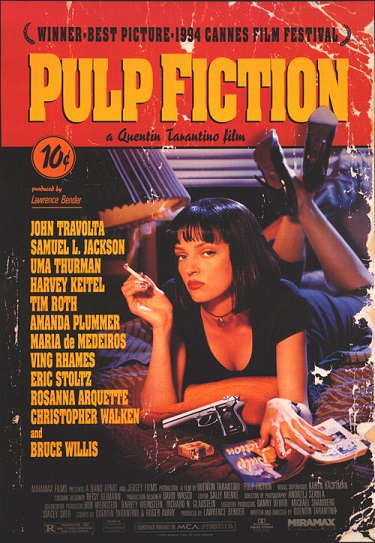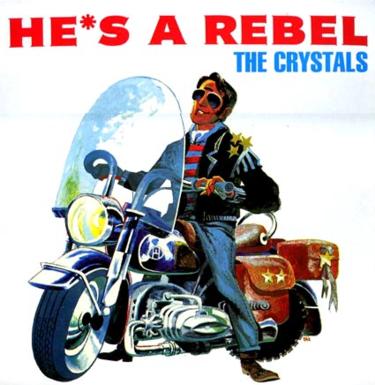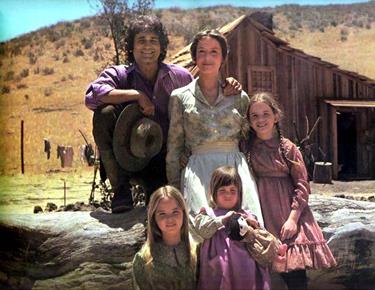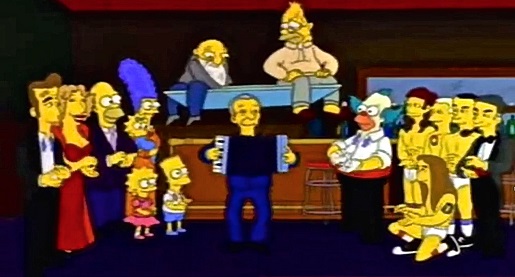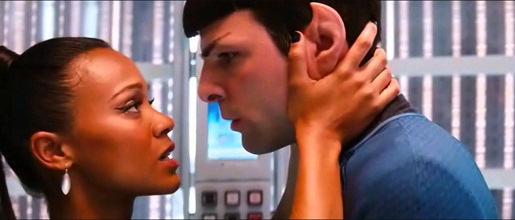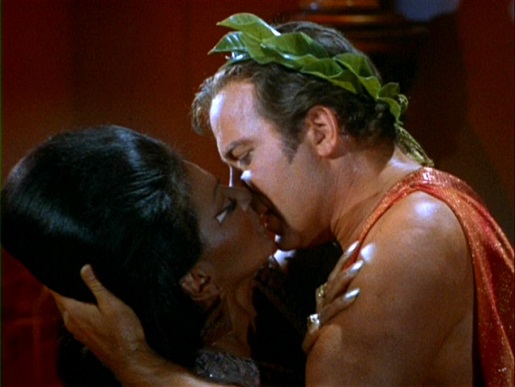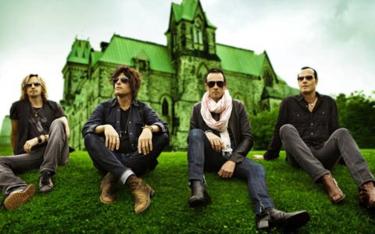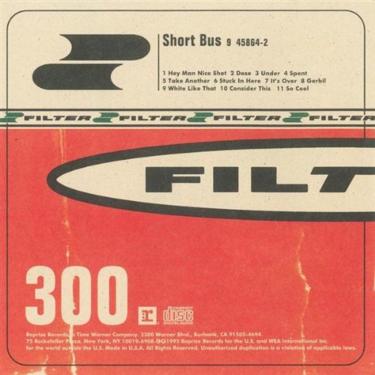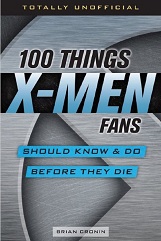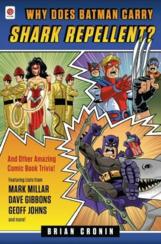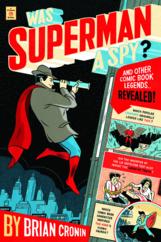Did the Producers of Cagney and Lacey Keep an Actor’s Name in the Opening Credits Even After He Died to Help His Family Continue to Receive Royalties?
Here is the latest in a series of examinations into urban legends about TV and whether they are true or false. Click here to view an archive of the TV urban legends featured so far.
TV URBAN LEGEND: The producers on Cagney and Lacey kept Sidney Clute’s name in the credits after his death to earn his family some royalties.
Reader Ben M. wrote in awhile back to ask:
I have a question that I would enjoy seeing investigated.
It’s to do with Sidney Clute, a supporting actor on the TV show Cagney & Lacey. I think he played a detective named LaGuardia. I recall when I was watching the show years ago that he continued to appear on the credits of the program long after he stopped appearing in the program itself. I believe that I later heard that he had actually died, but that perhaps he was kept on the credits out of some sort of respect? If I recall properly, he continued to appear even after another actor (Carl Lumbly) who left for conventional reasons was removed from the opening titles in the normal fashion. I always found this to be odd.
Is this something you could check out?
But of course, Ben!
Cagney and Lacey was a popular police drama during the 1980s that followed the adventures of two female detectives (Cagney and Lacey, natch) played by Tyne Daly and Sharon Gless, respectively.
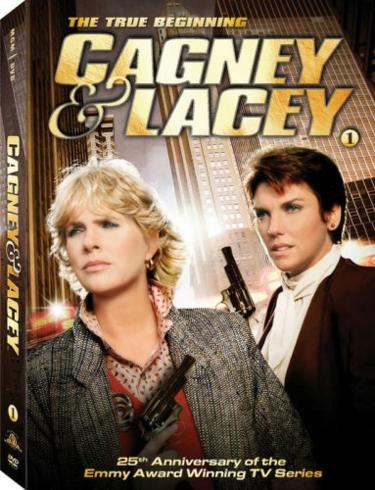
Sidney Clute did, indeed, play Detective Paul La Guardia from 1982 until 1985, when the actor passed away.
However, even after his death, his name continued to play in the opening credits…
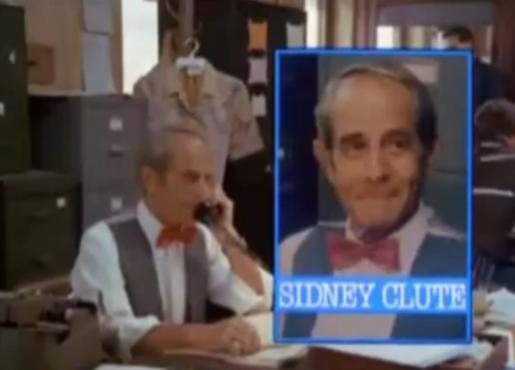
Ben’s question is the same that many fans have had, and in fact, a very popular theory was that his name was kept in the credits to perhaps keep the actor earning money from the show when it hit syndication.
Is it true?
Read the rest of this entry »
